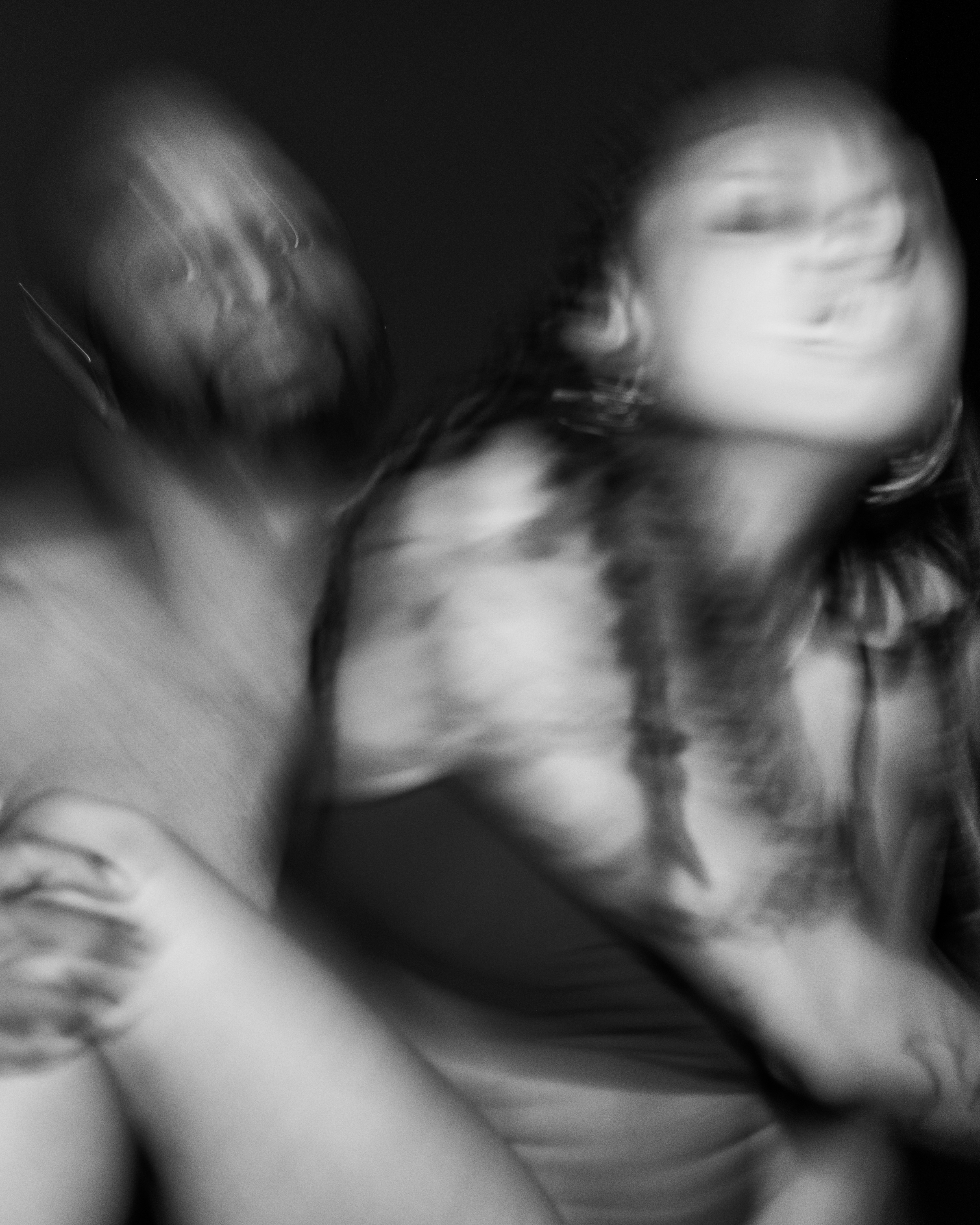Photography as Performance – The Fragility of Memory and the Superimposition of Time
Text|HUANG Ding-Yun
Memory is not like a static filing cabinet. Every recollection is a type of reconstruction. Whenever we think about something that has happened in the past, that recollection is reassembled in the present context, yielding new interpretations and understanding. Memory is inherently flawed. It can be distorted, twisted, and subjected to reinterpretation and understanding. Before the widespread application of special effects and AI image generation, what cameras captured was perceived as relatively objective, a sincere record of a moment in time in a certain corner of the world.
Benji Reid’s Find Your Eyes resembles a photo shoot inside a photo studio. We witness the capture and production of each moment. The performers hold static poses under the lights as the photographer searches for that singular moment. We, in the audience, see the birth of each photograph and the often-ignored gaps beyond it. The moment taken to adjust a pose, the pause needed to relax and breathe, the stillness of waiting for the flash to go off, can only be experienced by a live audience. They are like the prelude and epilogue of memory, although eliminated by the camera they linger in the air. Yet, we also understand that an image is never neutral. It is influenced by perspective, selection, and elimination. Based on this kind of gaze, each image emerges as a process of production, selection, and framing. It is not a single real moment. Rather, it is more like a memory that is constantly screened and rearranged.
What a photograph or a video evokes, which is like a catalyst, interweaves sensory perceptions of the environment and physical experiences to shape a memory. In Find Your Eyes, audience members do not simply look at photographs. Rather, they observe firsthand how images and memories are born. Once captured, an image no longer belongs just to the performer and photographer, but to all eyes that are present.
Psychologist Endel Tuving once noted that while autobiographical memories bear time stamps, these time stamps are not linear. Rather, they are a patchwork of settings, smells, sounds, and poses. When we recall a moment, it is usually not because of the markings on a clock, but because of the environment and the senses entangled with that moment. Thus, a photograph, although appearing static, is a sensory field imbued with the depth of time.


While time is frozen in photographs, memory is extended through superimposition. Each time we view a photograph, we not only observe a frozen pose, but are also transported back to that environment, that atmosphere, that instance of shared waiting. Reid has described his work as part ritual, part photography, and part prayer. In other words, images are reproduced memories, a process of “re-freezing.” As audiences view them, they superimpose their experiences and memories of the moment. Find Your Eyes thus belongs to this moment and the past, and even more so to its viewers’ constantly renewed present. Time here is not linear. Rather, it ripples, drawing the environment, the body, and the viewer into a memory vortex.
Memory is also fragile, constantly rearranged by time and context. This instability becomes the precise method by which we understand ourselves and is a synthesis of reconstruction and re-creation. Reid uses photography as a choreographic medium, with his subjects on the brink of floating or fighting. These poses, seemingly frozen in time, are the beginnings of narratives.
Perhaps for Reid, photography is more than just about capturing moments, it is an extension of performance that is deeply connected to his identity and experience as a Black man. A body suspended or appearing to fall and figurative imagery of illness echo his extension into the Black community’s long-standing historical and social circumstances. As such, the images he creates reflect his personal experience and enable viewers to engage in shared history and collective vulnerability. Find Your Eyes is not only about how images are produced, but also about how vulnerabilities are revealed through the production of images and the vulnerability of gazing. His personal experiences are transformed into bodies of memory, as he allows us to see the fragility of memory and identity, which correspond to one another on stage and in the moment they are captured.
We are living in an age of image overload. Photographs may not seem as magical as in the past. Images have become real-time consumables. We no longer contemplate them. Rather, we take them for granted, using them to construct fortresses of our own cognition and memory. Today, we tend not to live in the moment, instead relying on later records and those of others to evaluate our experiences. Fragments and stills once reshaped, become parts of our preferred memories.
In this context, Find Your Eyes is an act of defiance. Reid asks us to gaze at a moment that has been sculpted by disparate elements. It is not something that is readily available. Rather, it requires breathing, waiting, and shared witnessing to produce. This gives images a renewed sense of ritual. They are no longer just files but events. For the audience, seeing such images is like experiencing the weight that images once held in theater settings.